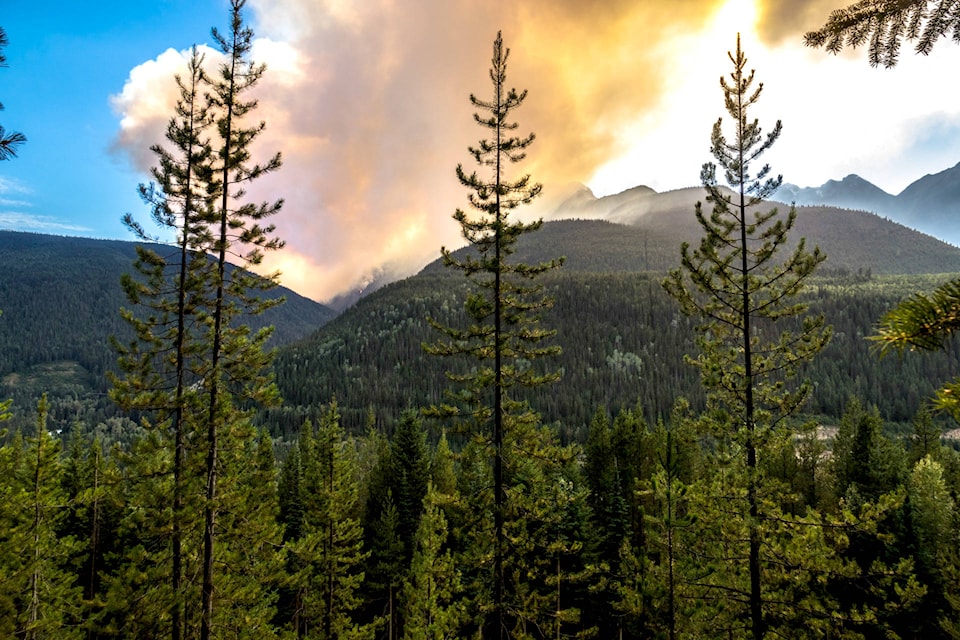Revelstoke continues to avoid the brunt of the wildfire season that has forced the evacuation of close to 40,000 people from their homes in central B.C.
The Southeast Fire Centre responded to 52 wildfires that burned a total of only 34 hectares last week. The closest to Revelstoke were a pair of fires burning at high elevations northeast of Galena Bay, while two others were sparked near Big Mouth Creek, near Mica.
In Glacier National Park, several fires had been sparked since July 10, though none have posed any risk to people or infrastructure.
Last Monday, July 10, lightning resulted in six small fires in the park — four of which were simply being monitored, and the other two which were being fought actively.
On Saturday, July 15, lightning caused three more fires in the park. Two fires were high up on Mount Bonney in an area surrounded by rock and snow. The third was in the Beaver Valley and has led to the closure of the Beaver Valley trail.
Campfire bans are in place for the entire Southeast Fire Centre and the two national parks. The wildfire danger rating was a mix of high and extreme for most of the Southeast Fire Centre, except for a small pocket north of Revelstoke that was rated moderate and low.
On Sunday, with winds blowing smoke into the region, Environment Canada issued a special air quality statement for the area — the second of the week. It advised people to avoid strenuous activities and to stay inside if you were experience breathing difficulties.
“Individuals may experience symptoms such as increased coughing, throat irritation, headaches or shortness of breath,” stated the warning. “Children, seniors, and those with cardiovascular or lung disease, such as asthma, are especially at risk.”
